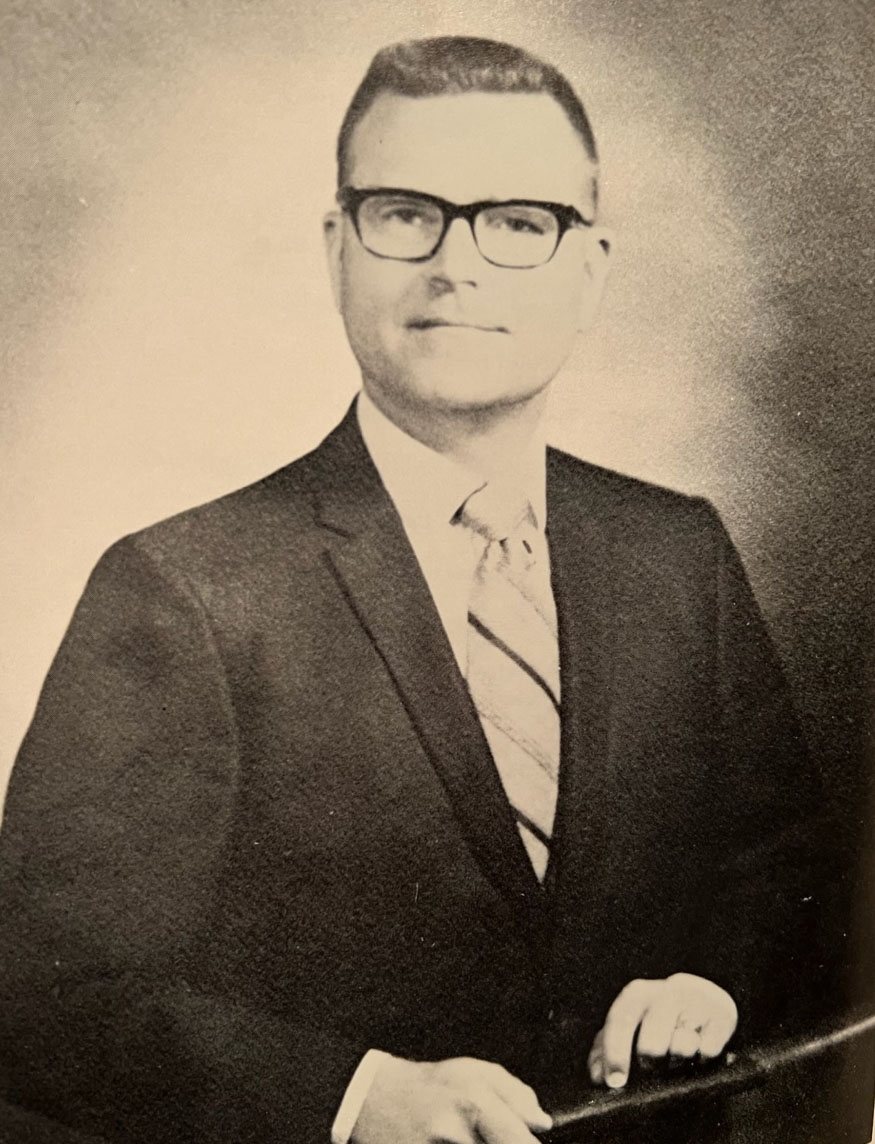 |
|
I had the privilege of knowing Marv Quickert as a mentor and co-director of my ASOPRS fellowship at the University of California, San Francisco (UCSF), as well as a friend and extraordinary human being. He tremendously influenced my life, and I am sure he did all those fortunate enough to know him. Marv was President-Elect of ASOPRS in 1974 when his life ended unexpectedly while scuba diving at the age of 45. His death, after only thirteen years of practice, was a true loss to his family, friends, ASOPRS, and oculoplastics. One of the brightest minds in oculoplastics and a perfectionist, he constantly sought a better understanding of orbital anatomy and eyelid function, thus improving operative techniques and outcomes. The field of oculoplastic surgery has progressed significantly in the last fifty-plus years since his death. Still, man of his ideas were the basis for a better understanding of anatomy and function. Surgical procedures and techniques, especially with lacrimal and eyelid problems, are still influenced today by his understanding and development of knowledge. One can only imagine what additional contributions he would have made to oculoplastics had he lived a longer life. A California native, he received his MD from UCSF. After three years in the US Navy, he did his ophthalmology residency at UCSF, where he developed his interest in oculoplastics. After a Heed Fellowship with Dr. Wendell Hughes, he entered practice in San Jose, California, and joined the clinical faculty at UCSF, rapidly becoming known for his knowledge and skills in oculoplastic surgery. He was meticulous and a perfectionist in all he did, including the field of medical photography. Practicing before the development of PowerPoint, 35mm slides were used in presentations. He freely gifted his incredible collection of slides to his fellows. He was keenly interested in the importance of anatomic dissections. He co-authored Anatomy of the Orbit with Crowell Beard, the first orbital dissection manual with colored plates and detailed descriptions that many have used in training. He totally poured himself into anything he undertook: his skills, teaching, family, recreation, and his Christian faith. With his wife, Geneva, an RN, he made many mission trips to underdeveloped places. An outdoorsman, he spent as much time as possible backpacking and skiing with Geneva and their four children. Residents he taught at UCSF and those few fortunate enough to have a fellowship under his tutelage considered it a privilege to study under such a brilliant and dynamic teacher. He insisted that any candidate for his fellowship have plans for holding a teaching position of some type before an application for the fellowship would be considered. Almost without exception, those able to do fellowship with him during his short life did so and became active in ASOPRS, six subsequently serving as presidents of ASOPRS. One former fellow presented him with the following plaque at the completion of his fellowship:
Marv, consummate clinician and surgeon, was also the epitome of teacher. The Marvin Quickert Thesis Award, given annually to the author of the best ASOPRS thesis, is appropriately named. |
Nov
28
Share this post:

